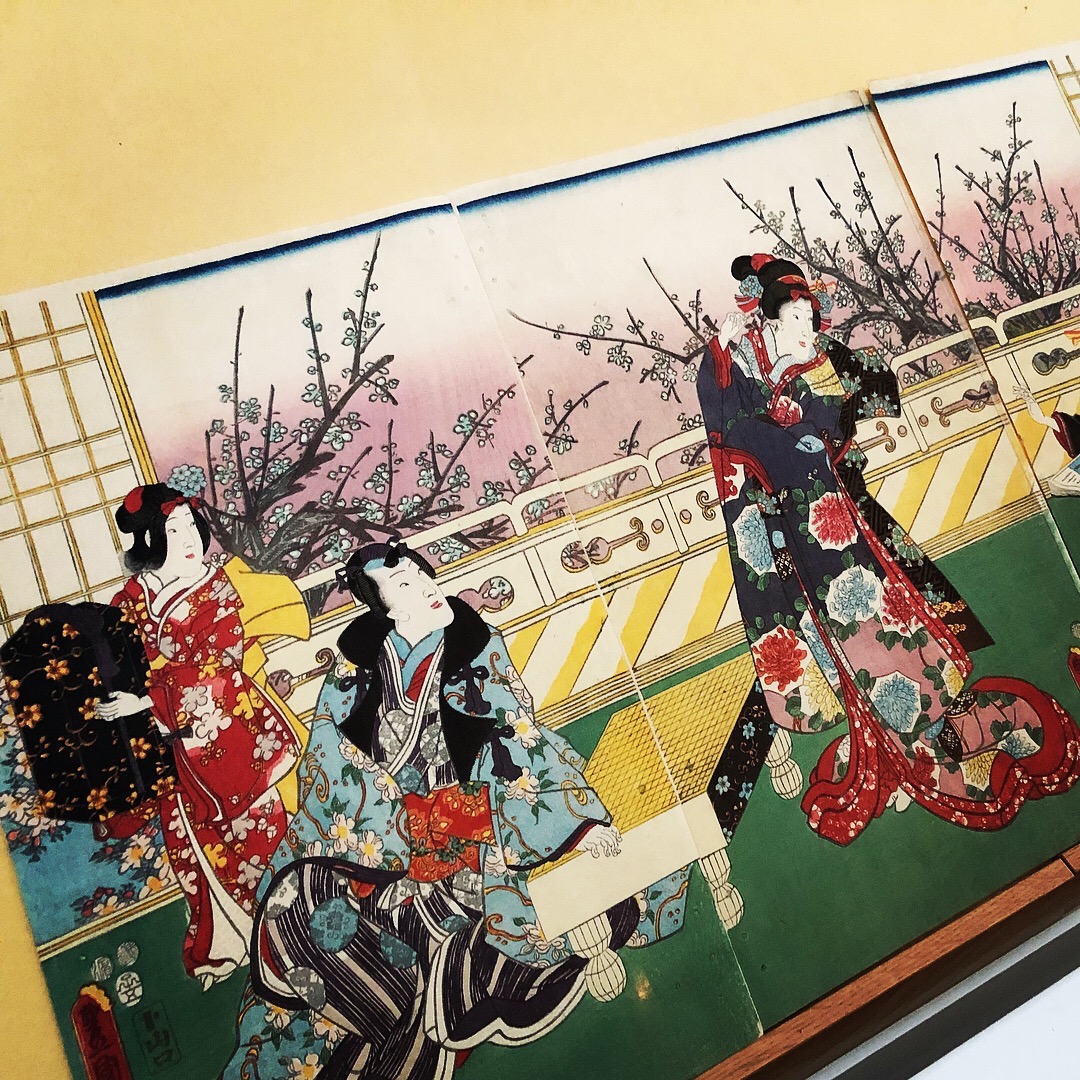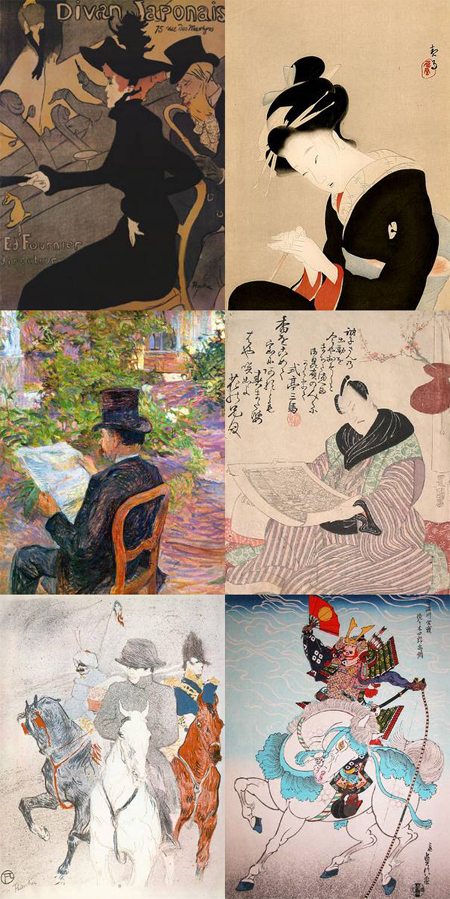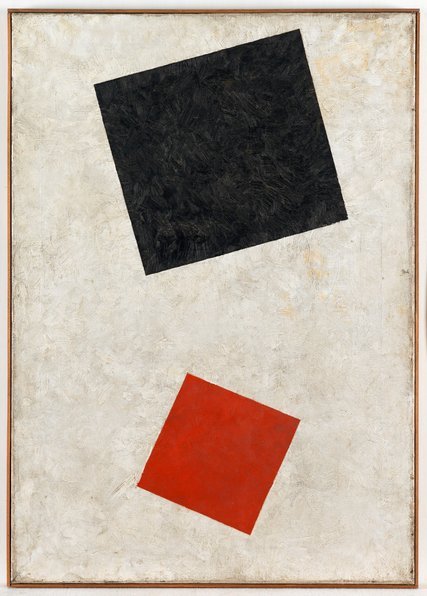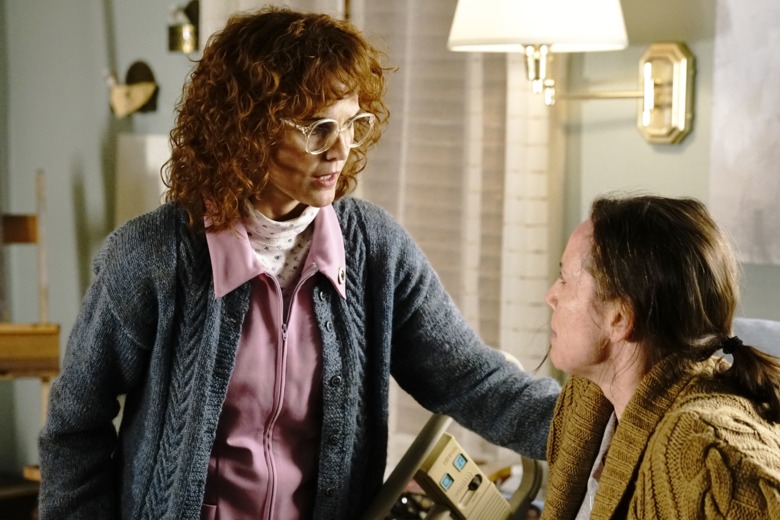Fighting jet lag (still!) and trying to get back into a home routine, I spent the past week catching up with life at home and glued to late night cable news trying to make sense of the escalating craziness in the US and the evolving situation in Syria. It is times like these when the happenings of the art world seem to fade from significance, but I was cheered up Friday night when attending the graduating show of the BFA Fine Arts students from my department (at Kwantlen Polytechnic University). Exhibiting projects making up the culmination of a year's hard work, the artists touched upon many themes that brought conversation and critical reflection to the tumultuous moment we are living through. Whether it be the experience of immigration and living between different traditions and cultural expectations, attention to the body and the kinetics of experience, challenging ideas about gender norms and representation, or bringing attention to the destructive nature of abstracted knowledge and "fake news," the individuals in this show, as in many similar graduating shows around North America, are continuing the role of contemporary artists globally to bring visibility to the marginalized and speak truth to power. I urge you to support local art schools and attend the graduating shows that you will see begin to pop up at local colleges and universities over the next several weeks. I can promise it will not only renew your belief in the potential of young creative talent, but also in the power of art to bridge the social, political, and cultural divide that appears all too often to keep us isolated from one another. Enjoy this week's links!




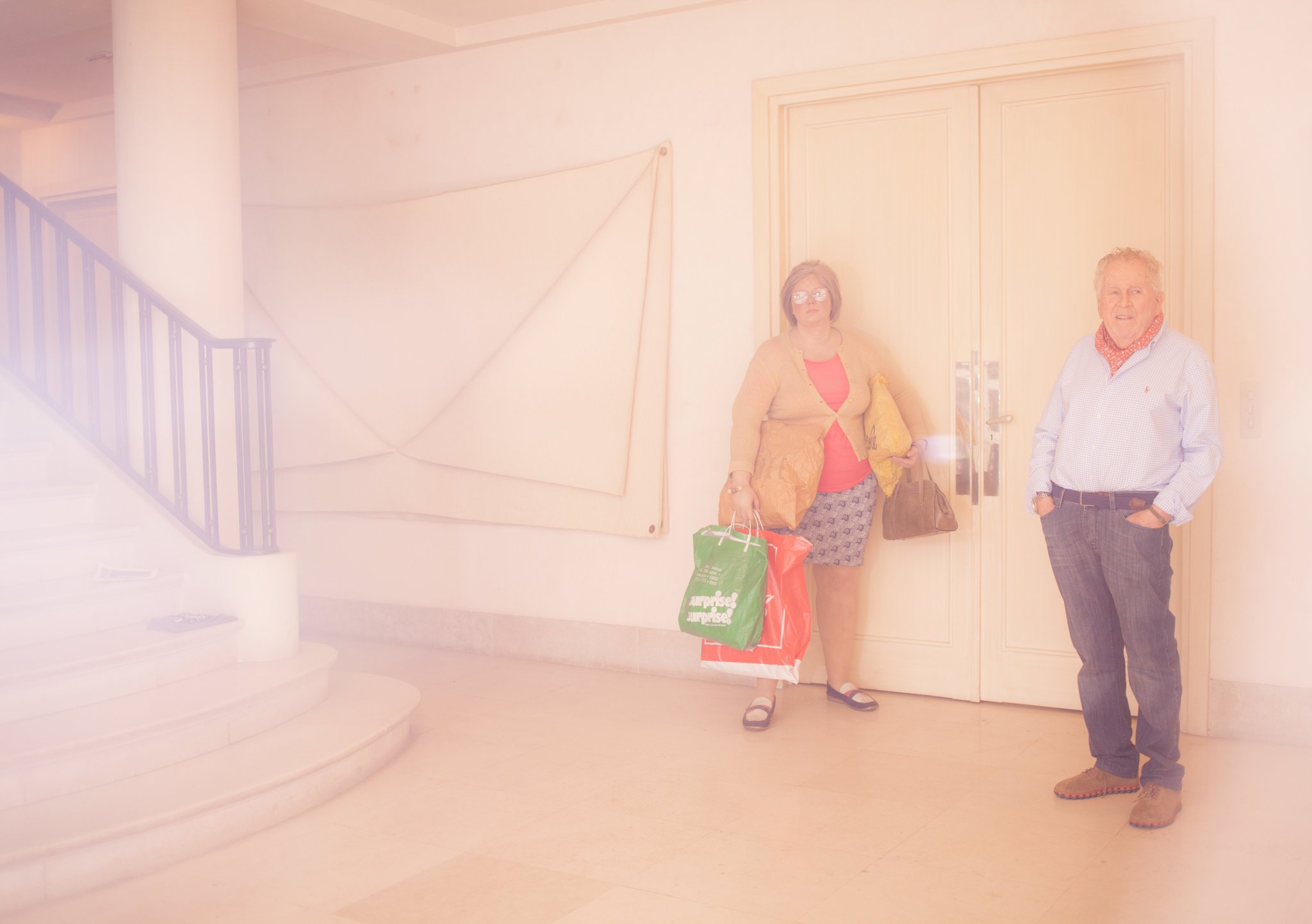




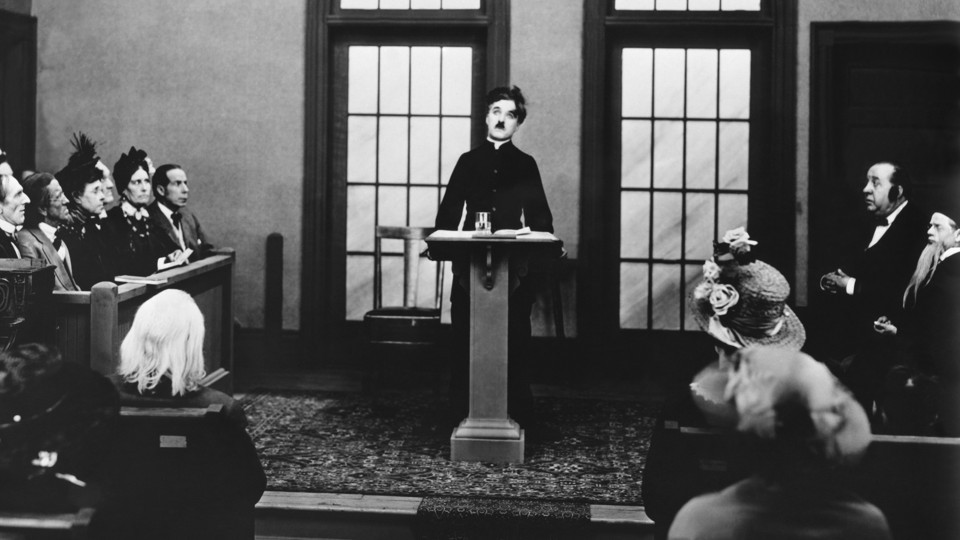
- An Indigenous Artist’s Futuristic Vision of Traditional Transformation Masks
- Do You Think Mona Lisa Is Happy? Then You Probably Are Too, New Research Says
- The Internet Apologizes …
- After Zaha's "vagina" stadium, here are six more examples of yonic architecture
- A Collector Follows His Nose Through the Maze of Modern Art
- Cy Twombly and the Transporting, Transforming Power of Art That Barely Uses the Tools of Art
- 7 Tips for Applying to Art School
- Podcast episode 27: the enduring appeal of enigmatic Beuys. Plus, lost masterpieces reborn (PODCAST)
- ‘Drawing Is Always a Struggle’: An Interview with Art Spiegelman
- A Landslide of Classic Art Is About to Enter the Public Domain



